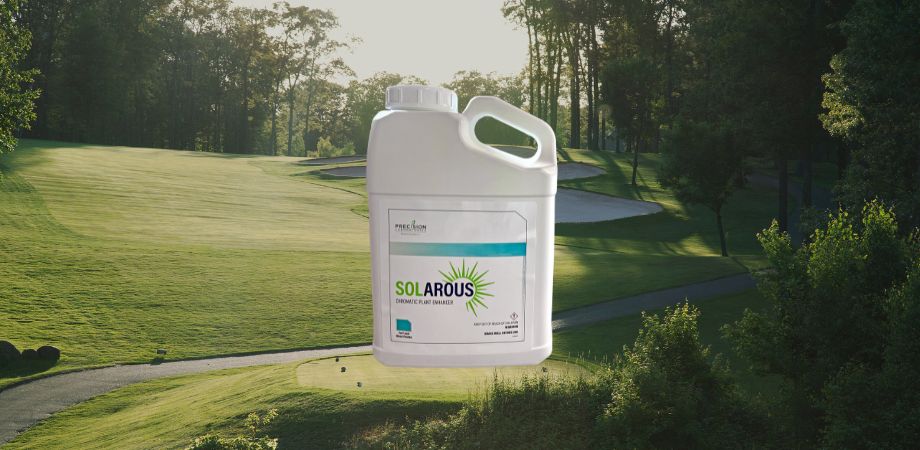Fungicide programs are as unique as the golf courses that depend on them every year. The right program is based on various factors, including disease history, budget, and type of grass. If you’re looking for fungicide recommendations for warm-season turfgrass, check out this resource. Otherwise, keep reading for guidelines to strengthen your cool-season fungicide program.
Choose Wisely
As you develop a fungicide program, you’ll have a couple of decisions to make about what kind of chemicals to use.
The first set of options is preventative and curative fungicides. The decision depends on the timing of application, so it’s important to think ahead about the diseases you’ll have later in the season. Rather than wait to treat curatively, you can apply a preventative treatment early for the diseases you know you’ll have to deal with one way or another during the year.
The second decision is between systemic and contact fungicides. While systemic fungicides enter the plant and move throughout it, contact fungicides stay on the plant surface to protect it from outside disease. Different systemic fungicides have different levels of movement in the plant. These factors make it important to understand how each product in your program works.
Rotate to Prevent Resistance
Another thing to keep in mind as you plan your program is the potential for fungicide resistace. Systemic fungicides are especially prone to resistance, so this is where understanding your products comes into play. You can prevent resistance by rotating fungidices based on chemical family. Pay attention to FRAC codes as you build your program from year to year.
Know Your Diseases
In addition to understanding the products in your program, don’t lose sight of the problem you’re treating. There are countless turfgrass diseases to look out for, but several common ones you can identify and treat more easily if you know what to expect.
Dollar spot, for example, is the most common turfgrass disease. It typically occurs from mid-April until the end of October, and most courses treat for it regularly throughout that time.
Brown patch and Pythium are two diseases that depend heavily on the weather. They thrive in high humidity, air temperature, and soil moisture. If those conditions aren’t present, you may not have to treat for them at all.
Similarly, snow mold is a weather-dependent problem that’s common in northern states. Fungicide application will vary by your geography and conditions, so be prepared to adjust your program accordingly.
Reach Out
Your sales representative is happy to help you develop a fungicide program that fits your course!












